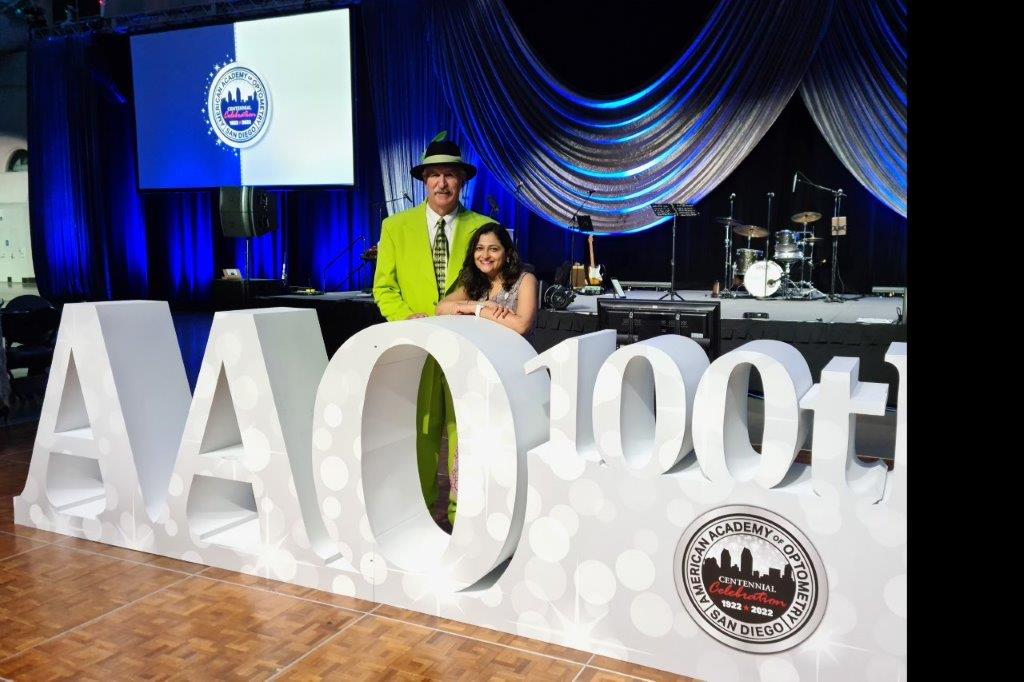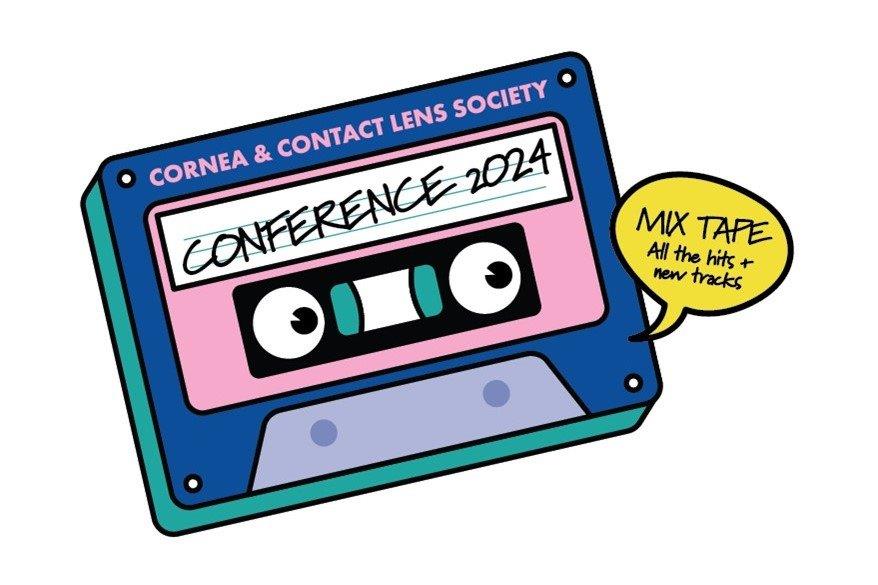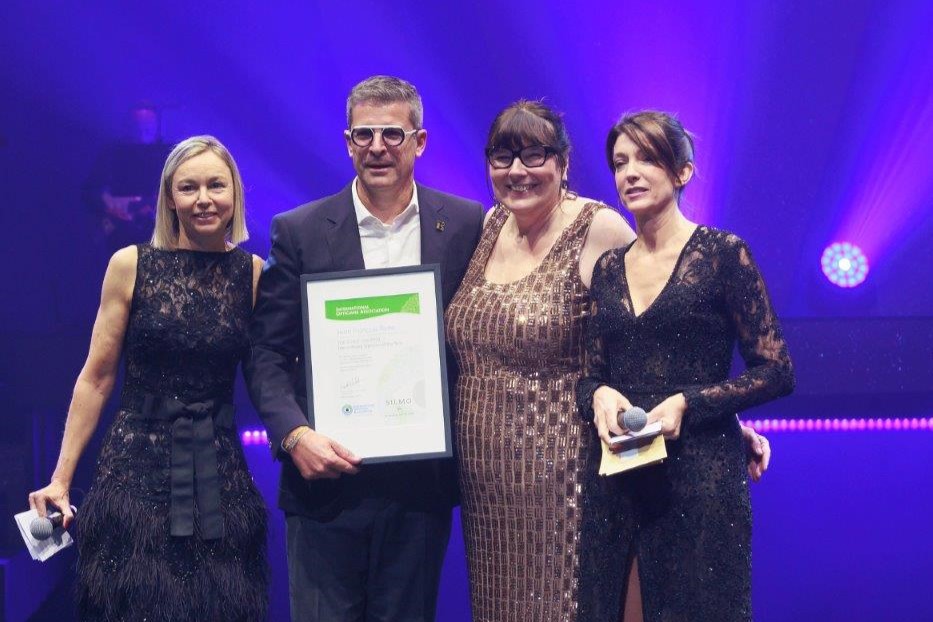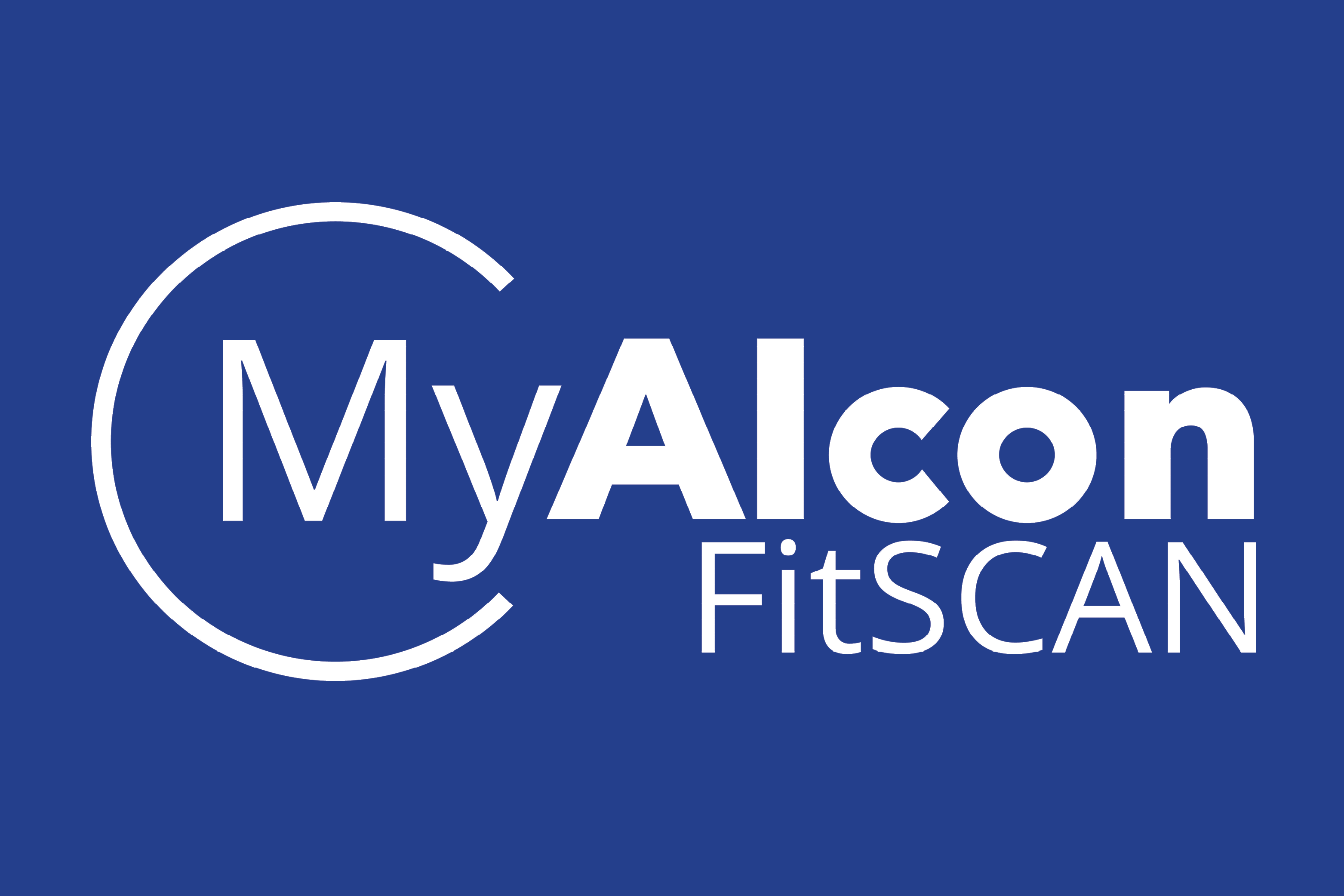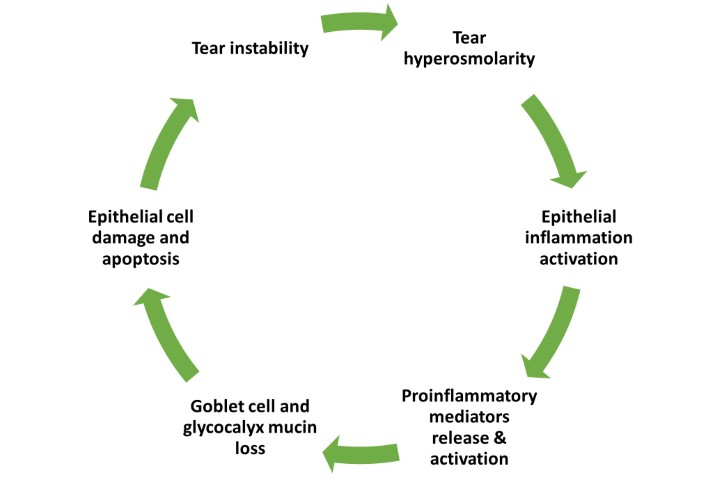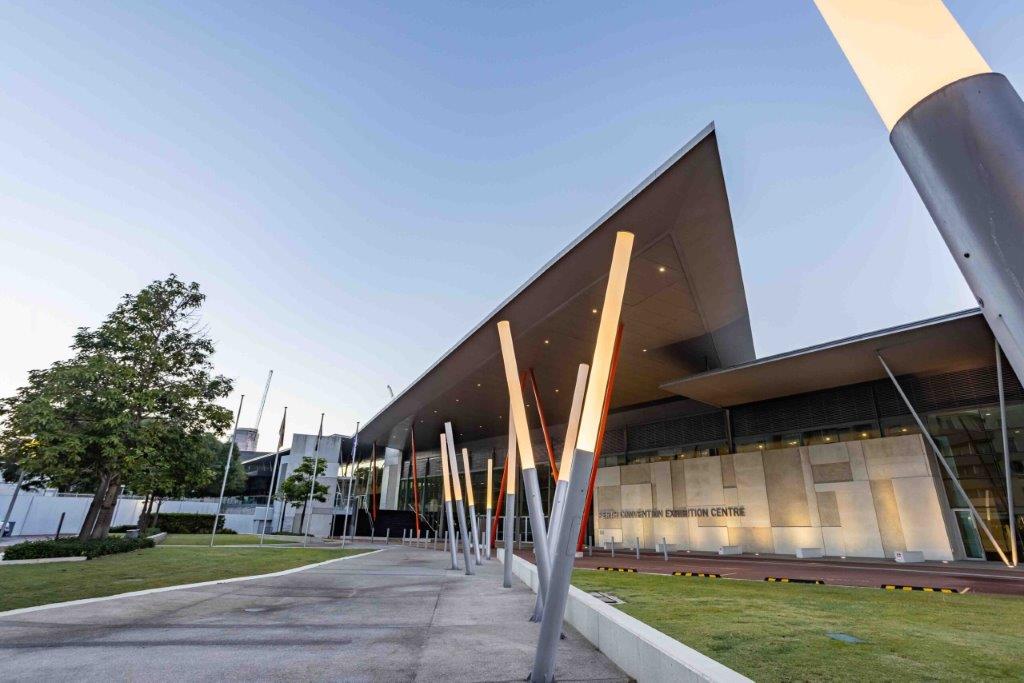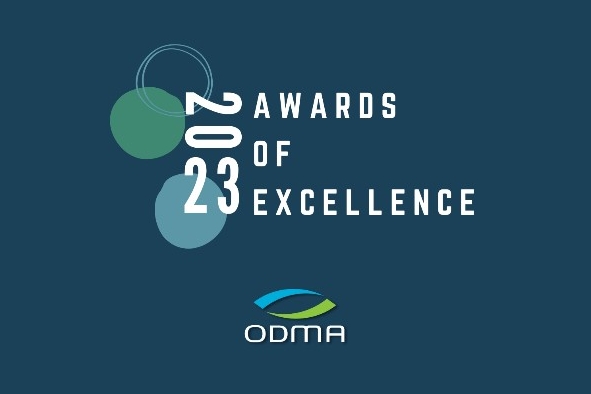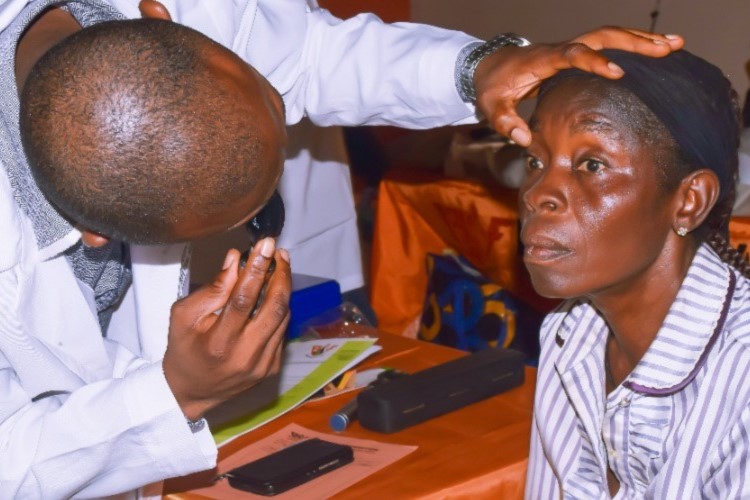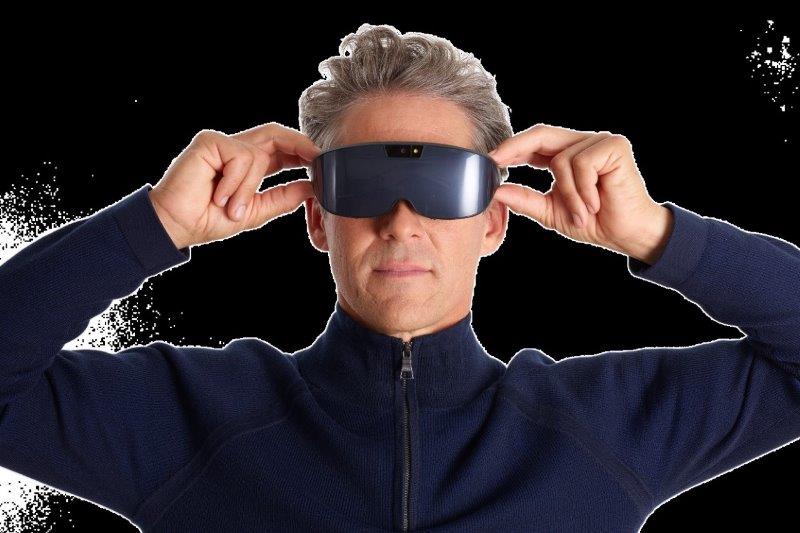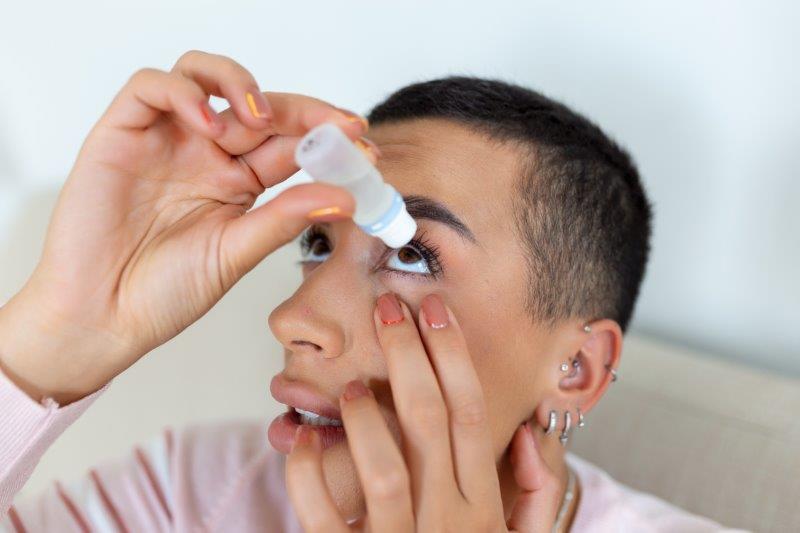AAO’s centennial celebration and local honouree!
After almost three years of Covid restrictions on international travel, it was such a pleasure to join thousands of in-person attendees at the San Diego Convention Centre for the four-day American Academy of Optometry (AAO) 2022 meeting.
On day one, I joined the ‘Customising orthokeratology treatment for the individual child’ lecture by Drs Randy Kojima and Patrick Caroline from Pacific University College of Optometry. Lenses with a 5mm optical zone resulted in less axial elongation than those with a 6mm optical zone over two years of wear. Reducing the optical zone reduces the treatment zone sizes, allowing better myopia control effect, they said. It was also noted that 360° alignment is essential, therefore toric lenses are advised, even for corneas with low levels of astigmatism.
Dr Maria Liu from UC Berkeley School of Optometry gave a lecture on 10 misconceptions of myopia management. It was interesting to discover accelerated axial length change precedes refractive onset of myopia and axial elongation does not necessarily mean myopia progression. Since the impact of axial length changes on myopia progression is highly age-dependent, 1mm of axial length elongation does not equate to 3.0D of myopia progression!
Dr Erin Tomiyama and her supervisor Dr Mark Bullimore from the University of Houston College of Optometry presented five myopia management case studies from pre-myopia to high myopia and high astigmatism. They summarised that ‘motivation is king’ and ‘compliance is queen’, emphasising the importance of both factors in managing progression.
As a dry-eye researcher, I wanted to keep up with the latest innovations in the field. I joined a lecture discussing the use of platelet rich plasma (PRP), radio frequency (RF) and intense pulsed light (IPL) for treating dry eye. It was most interesting to see the comparison between PRP and autologous serum (AS), with Dr Mahnia Madan mentioning that PRP is superior to AS as it better protects the ocular surface from scar formation and contains higher concentrations of all the essential agents but without the inflammatory cytokines present in AS. RF, using radiowave energy to heat tissue to 40-45°C, is now being used for poor lid apposition, dry eye, dermatochalasis and conjunctivochalasis as an off-label treatment.
For a change of scene, I attended an update on pregnancy postpartum medication. I have always been hesitant to use certain eye drops on pregnant or postpartum women, so it was good to learn that tropicamide is a safe option. Next time we see a mum-to-be with risk of retinal detachment, we’ll know what to do!
Dr Sherrol Reynolds (associate professor at Nova Southeastern University College of Optometry) and Dr Joseph Pizzimenti (professor at Rosenberg School of Optometry) delivered a lecture on the most common autoimmune diseases. With Covid-19’s variants still impacting our lives, it is important to understand its long-term effects and its relationship with autoimmune diseases such as systemic lupus erythematosus and multiple sclerosis. These diseases can be triggered by mild Covid-19, but the risk is higher in severe cases. Drs Reynolds and Pizzimenti concluded early detection of the ocular complications of autoimmune diseases is essential in preventing vision-loss and can potentially save lives.
Tears at dinner time
Catherine Shon gets her retinal photo taken using the Eyer
The Industry Innovation Lunch was hosted by the conference sponsors, with learning sessions on day one. ‘Meibomian gland dysfunction (MGD) Myth Busters: demystifying MGD care with practical solutions’, was sponsored by Sight Sciences, who presented the novel TearCare System which is a highly portable device that delivers controlled, precise heat to the tarsal plates and the underlying meibomian glands for 15 minutes. The TearCare System allows natural blinking to occur during treatment, which is delivered by the flexible SmartLid devices applied to the upper and lower eyelid surfaces. Studies have shown greater symptom relief with TearCare compared to LipiFlow and might present an alternative for those patients for whom the LipiFlow eye shields don’t fit.
Days two and three started with industry-sponsored breakfast sessions, which included Professor Mark Bullimore, University of Houston College of Optometry, presenting the results of a late-breaking clinical trial involving a novel formulation of low-dose atropine to treat myopia progression in children.
The exhibition hall was open from day two, filled with industry sponsors. It was fascinating to see all the newest technology! I had a chance to use virtual reality to act as a simulation of lifitegrast’s (Xiindra) action in binding ICAM-1 and blocking LFA-1, which may be overexpressed on the ocular surface in DED. I was also amazed to see the high-quality retinal photos taken by the Eyer, a portable retinal camera from Phelcom, even with undilated pupils!
Three Kiwis from the University of Auckland’s Department of Ophthalmology attended the academy meeting this year: Dr Stuti Misra, Catherine Shon and myself. It was an absolute pleasure to present our summer research on posters.
Local diplomate honoured
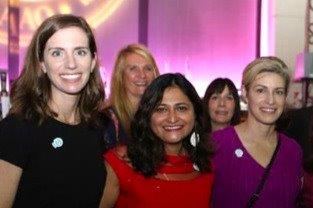
Three new AAO Diplomates: (front) Drs Erin Rueff (Ohio), Stuti Misra (Auckland) and Amy Nau (Boston)
I’d like to congratulate Dr Misra on completing the requirements and becoming an AAO diplomate. Diplomates of the cornea, contact lenses and refractive technologies section are fellows of the AAO, recognised for their knowledge of, expertise in and contribution to these fields. Requiring hundreds of hours of preparation and assessment to earn this recognition, Dr Misra also wrote a paper on ‘Female hormones and dry eye disease’ and passed an oral examination at the academy. According to the AAO, only 1% of optometrists worldwide have achieved this milestone.
A celebration on the academy’s centenary was hosted on the evening of day three. Attendees donned attire from their favourite decades and travelled back in time with dancing and rolling the dice in casino-styled ballroom. It was a most pleasant way to mingle with optometrists from the US and other countries!
As well as being eye-opening for me, the conference was a highly memorable opportunity to connect with clinicians and researchers from overseas. I’d like to acknowledge the financial support from the New Zealand Association of Optometrists (NZAO) for my travel and the research support from the team at Buchanan Ocular Therapeutics Unit (BOTU), the Ocular Surface Laboratory and the Health Research Council of New Zealand.
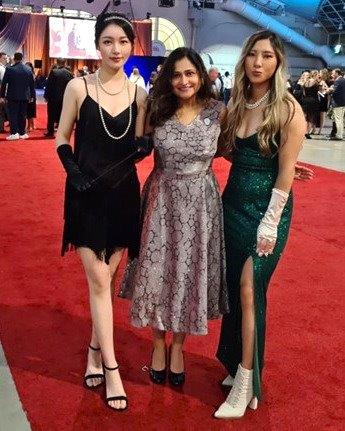
Dian Zhuang, Dr Stuti Misra and Catherine Shon
Dian Zhuang is a PhD student in the University of Auckland’s Ocular Surface Laboratory (OSL), working under the supervision of Professor Jennifer Craig and Dr Stuti Misra. Her research on inflammasomes in dry eye disease is supported by funding from the HRC as part of a collaborative project between OSL and BOTU, led by Associate Professor Ilva Rupenthal. Study collaborators include Catherine Shon, an OSL PhD student, and BOptom honours student Carmen Liu.








